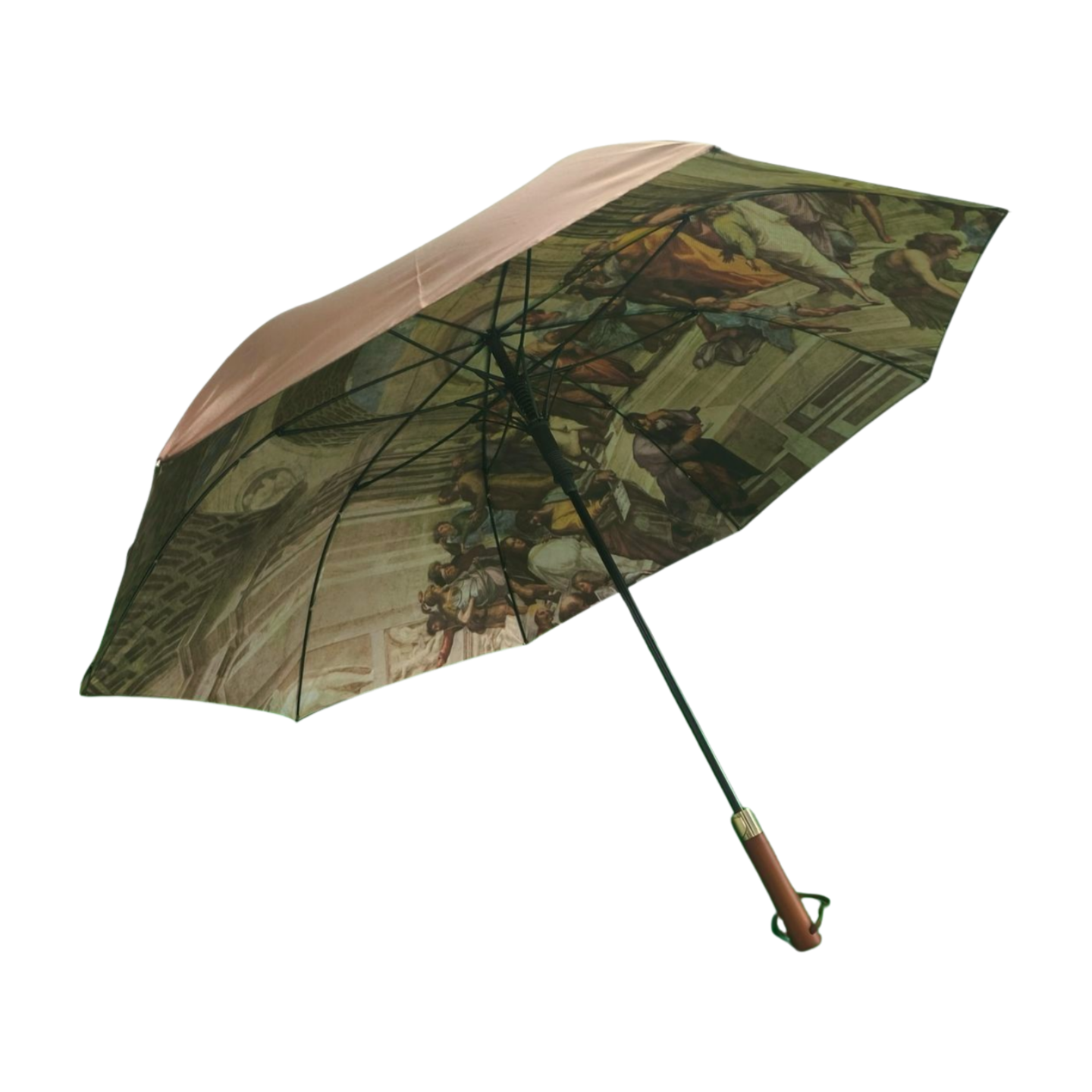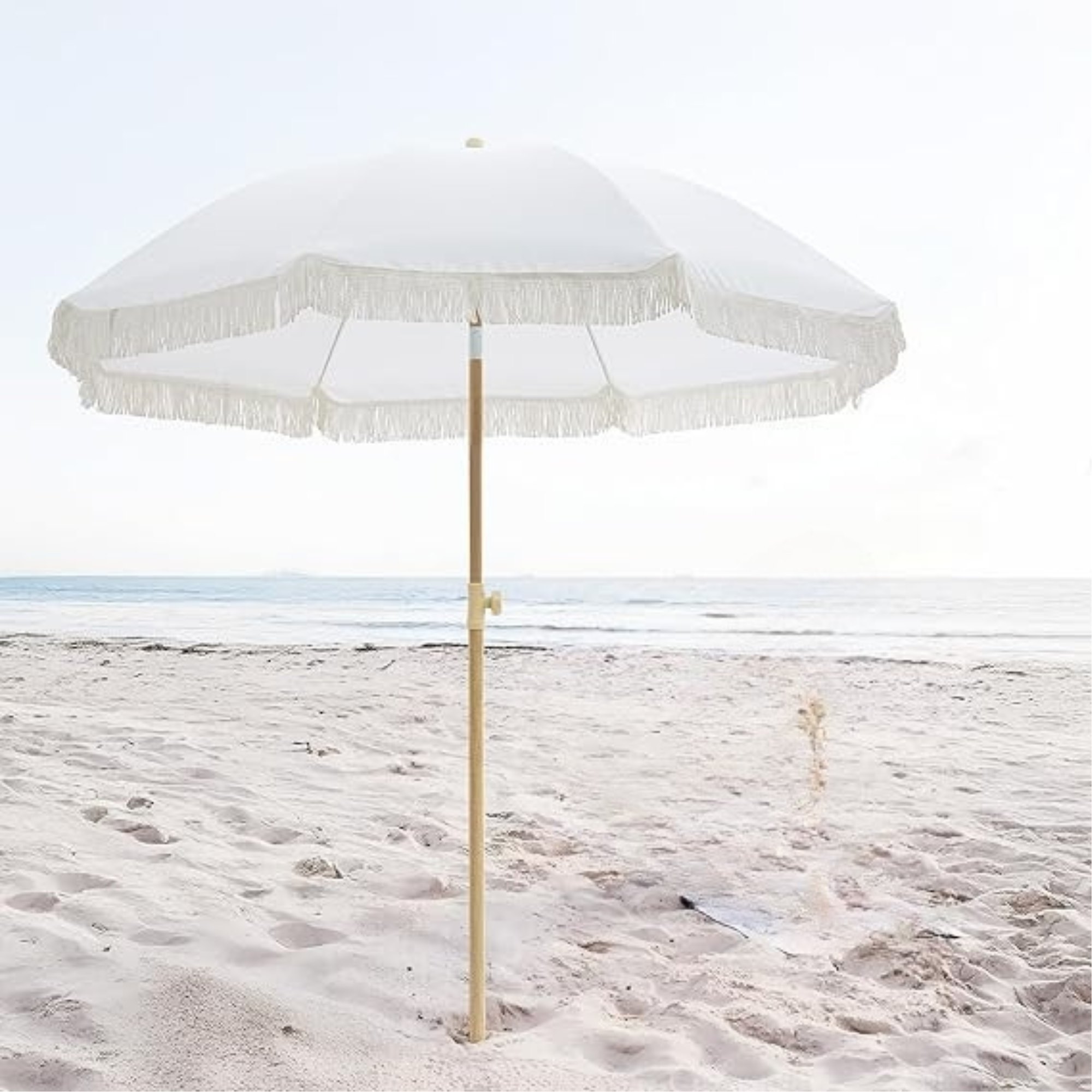
The Spiritual Meaning and Fascinating History of the Umbrella
Introduction
The umbrella is more than just a practical tool for protection against rain or sun—it carries deep spiritual symbolism and a rich historical background. In this blog post, we’ll explore
- The spiritual meaning of the umbrella across different cultures
- The fascinating story behind the umbrella and its evolution
- Why the umbrella remains a powerful symbol today
By the end, you’ll see this everyday object in a whole new light!



The Spiritual Meaning of the Umbrella
Throughout history, the umbrella (or parasol) has been a sacred symbol in many spiritual and religious traditions. Here are some of its most profound meanings
1. Divine Protection and Shelter
In Christianity, the umbrella is often seen as a metaphor for God’s protection, much like a shield. Psalm 914 says, He will cover you with his feathers, and under his wings you will find refuge. The umbrella represents this divine shelter from life’s storms.
2. Status and Authority in Ancient Cultures
In ancient Egypt, Mesopotamia, and Asia, umbrellas were symbols of power and royalty. Only kings, pharaohs, and high-ranking priests were allowed to use them, signifying their connection to the divine.
3. Sacred Symbol in Buddhism and Hinduism
- In Buddhism, the umbrella (or chatra) is one of the Eight Auspicious Symbols, representing protection from harmful forces and the expansion of wisdom.
- In Hinduism, deities like Vishnu are often depicted under a multi-tiered umbrella, symbolizing their supreme authority over the cosmos.
4. Feminine Energy and Nurturing
In some traditions, the open umbrella represents the womb or the nurturing aspect of the divine feminine. Its rounded shape symbolizes wholeness and security.
5. Mindfulness and Presence
In Zen philosophy, opening an umbrella can be a meditative act—a reminder to stay present and shielded from distractions.



The Story Behind the Umbrella A Journey Through Time
The umbrella has a surprisingly long and global history. Let’s explore its origins and evolution.
Ancient Beginnings (4000+ Years Ago)
- The earliest umbrellas appeared in Mesopotamia, Egypt, China, and India, made from palm leaves, feathers, or silk.
- In China (11th century BCE), oil-paper umbrellas were invented, later becoming a cultural icon.
Symbol of Power in Asia
- In India, royalty and nobility used elaborate parasols. The more tiers an umbrella had, the higher the status.
- In Japan, traditional wagasa umbrellas were crafted from bamboo and washi paper, often used in tea ceremonies.
Arrival in Europe (16th-18th Century)
- Initially, Europeans saw umbrellas as strange and feminine.
- Jonas Hanway, an English traveler, popularized umbrellas in the 1750s despite being mocked for carrying one.
Modern Innovations
- The collapsible umbrella was patented in the 1850s.
- Today, umbrellas come in countless designs, from transparent bubble umbrellas to high-tech windproof models.



Why the Umbrella Still Matters Today
Beyond its practical use, the umbrella remains a powerful symbol
- Resilience – It bends but doesn’t break in storms, much like the human spirit.
- Equality – Once a luxury, it’s now accessible to all, representing democratization.
- Art and Fashion – From Mary Poppins’ magical umbrella to high-fashion runway accessories, it’s a cultural staple.
Final Thoughts
The umbrella is much more than a rain shield—it’s a bridge between ancient spirituality and modern life. Whether as a sacred symbol or a practical tool, it reminds us of protection, resilience, and the beauty of simple things.
Post time: Apr-27-2025

